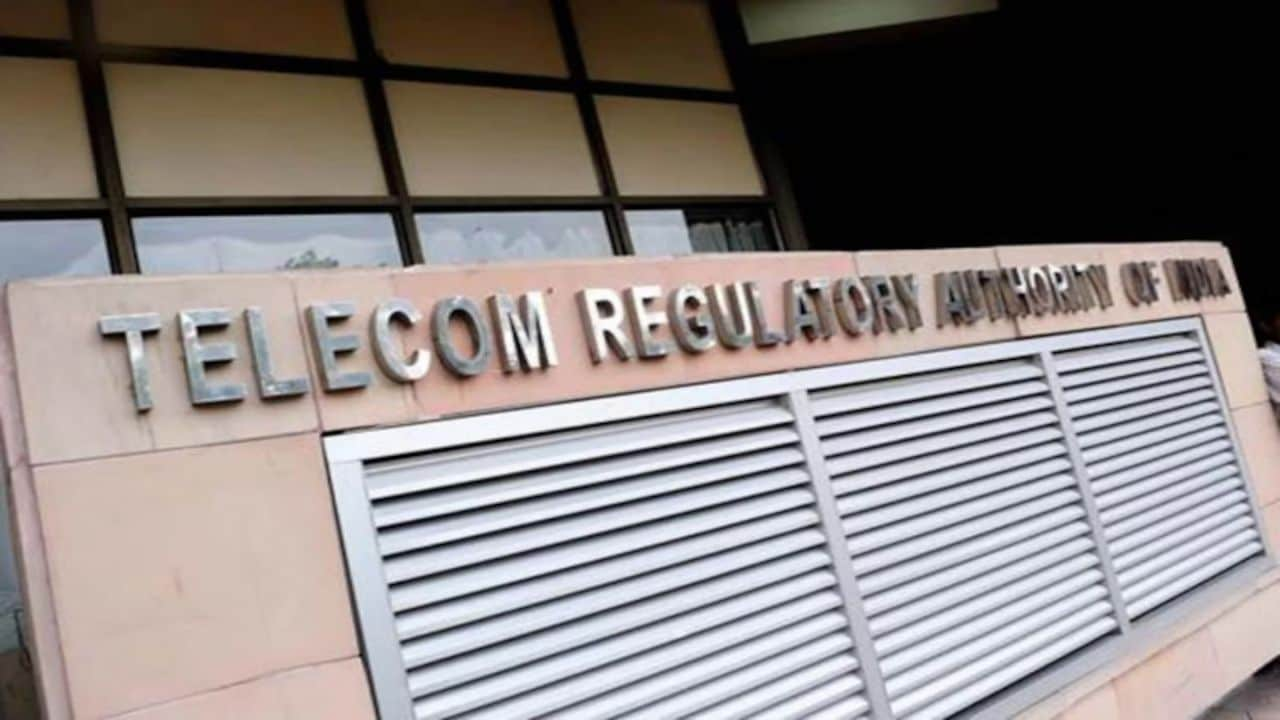The Telecom Regulatory Authority of India (TRAI) has recommended a review of the audience measurement system for the television industry for more effective monetisation for broadcasters and better data for advertisers. In its consultation paper for the new Broadcast policy, TRAI Chairman Anil Kumar Lahoti said that the audience measurement system currently works with a small sample.
TRAI Chairman Lahoti said the consultation paper on the new broadcast policy will be released within the next few days.
At the recently held Federation of Indian Chambers of Commerce and Industry (FICCI) FRAMES conference, Lahoti said, “The audience measurement system was devised long back and a very small sample is taken to assess the audience. Now, with the advancement in technology, there is an opportunity to review the structure of audience measurement so that we have more scientific data and this can be used by the advertisers and the broadcasters for proper monetising of the content that they are creating and broadcasting.”
The Broadcast Audience Research Council (BARC) India owns a television audience measurement system which measures TV viewing habits of 210 million households in the country, using over 50,000 sample panel homes. BARC is a Joint Industry Body founded by stakeholder bodies that represent Broadcasters, Advertisers, and Advertising and Media Agencies. BARC India also provides a suite of insight products designed for Broadcasters, Advertisers and Agencies.
The consultation paper on the new broadcast policy will be released within the next few days, said the TRAI chairman. He added that Telecom Regulatory Authority of India has completed the process of pre-conversation for a broadcast policy.
The policy’s focus areas include encouraging production of local content, making India a global hub of content, strengthening public service broadcasting, fuelling growth across the media and entertainment verticals, and promoting the ease of doing business. Other key focus areas are combating piracy, ensuring content security, copyright protection, and improving terrestrial broadcasting.
Speaking about the proliferation of screens and mobile in particular in relation to television, Lahoti said mobile supports the growth of television and expands TV’s reach rather than replacing the TV which has a headroom to grow as 140 million homes are yet to get their first TV.
“Mobile is not replacing TV, it is augmenting TV and expanding the reach of TV. It is also expanding the viewing time. Since TV cannot be carried everywhere, mobile helps people view content on the go, thereby increasing the viewing time. This will rather support the industry,” he said.
“I personally feel it is good for the TV industry as it will give them the chance to innovate and improve its quality and make itself more affordable. So, I don’t think there is any reason to think TV is dead,” Lahoti added.
He further added that unlike OTT, TV has over 900 channels and a lot of these channels are in regional and traditional languages. OTT platforms are nowhere near achieving this, he said. For India, regional content is very important.
Lahoti shared, “Another thing is that almost 1000 MSOs are operating the entire cable TV system. They are present right in the field, they are next-door to the consumer, and so they have the strength of accessing the consumer, unlike OTT. TV has to leverage their strength and provide a service for the consumer.”
The Rs 2.32-lakh-crore ($27.9-billion) Indian media and entertainment sector is estimated to reach Rs 3.08 lakh crore by 2026. “At TRAI, our job is to facilitate this growth. We have to create an environment where the industry functions in a transparent manner, there is a level playing field for all the shareholders. At the same time, we have to promote innovation and new investments in the industry. This is what would be the approach of TRAI,” Lahoti said.
Read More: TRAI to issue new broadcast-policy consultation paper in next few days
